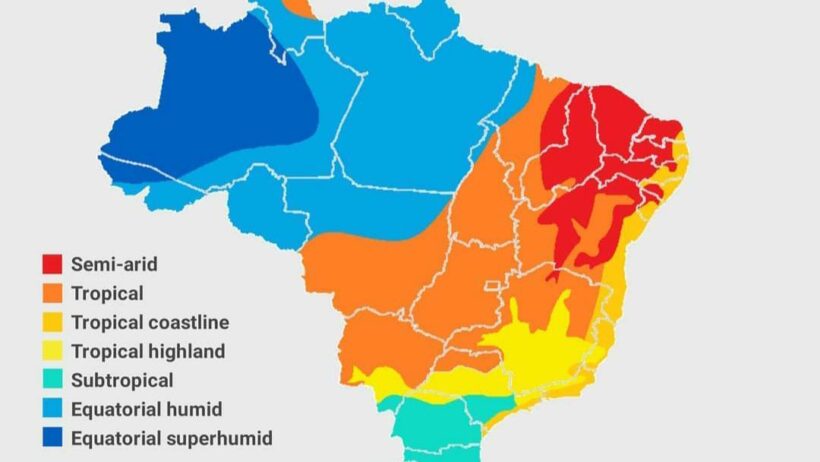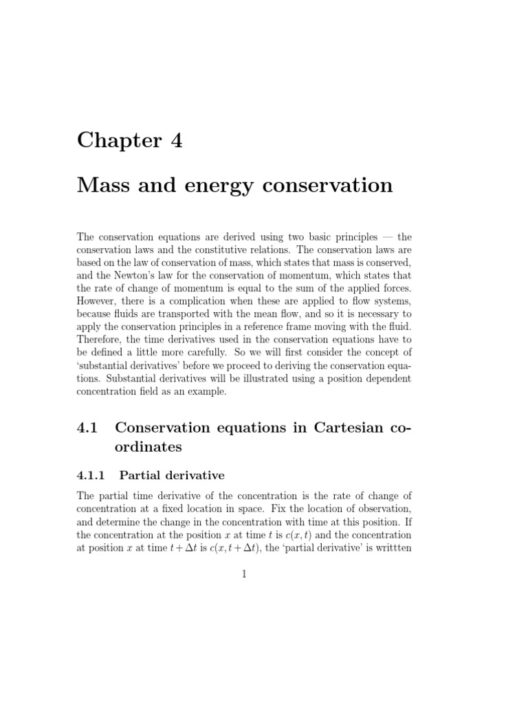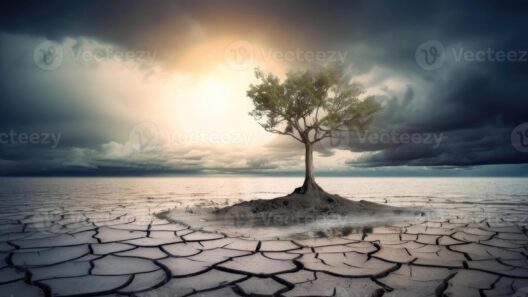Brazil, the largest country in South America, is a land of exceptional biodiversity and dramatic contrasts. The nation sprawls over 8.5 million square kilometers and showcases a tapestry of climates that shift from the humid rainforests of the Amazon to the arid savannas of the Cerrado and the temperate coastal zones. Understanding the nuances of Brazil’s climate requires more than a cursory glance at temperature averages; it requires an exploration of the myriad ecosystems, the influences of topography, and the ongoing impacts of climate change.
At the heart of Brazil’s climatic identity lies the Amazon Rainforest, an extraordinary biome renowned for its staggering biodiversity. This area presents a tropical climate characterized by high levels of humidity and precipitation, often exceeding 2,000 mm annually. The rainforest is perpetually cloaked in moisture, which contributes to the lush vegetation and supports countless species, some of which are yet to be discovered. The vapor released by the dense foliage helps to maintain local weather patterns by promoting rainfall. However, this seemingly utopian environment faces dire threats from deforestation and climate change, emphasizing the urgent need for sustainable practices.
Transitioning out of the rainforest and into the central region of Brazil, we encounter the Cerrado, a tropical savanna that experiences a distinct wet and dry season. This biome is pivotal for its unique flora and fauna, many of which are endemic to this region. The wet season runs from October to March, during which heavy rainfalls can lead to dramatic floods. Conversely, the dry season brings a significant reduction in precipitation, with temperatures often soaring, creating a stark contrast in ecosystem viability. The Cerrado is pivotal for Brazil’s agriculture, yet the encroachment of farming poses an existential threat to its delicate balance. Advocating for responsible agricultural practices and ecological preservation in this region is essential.
Traveling southward, Brazil’s climate becomes more temperate. The southern states experience a subtropical climate, with cooler winters and mixed forest ecosystems. Here, cities like Curitiba and Porto Alegre showcase a blend of temperate forest and grassland, capturing another facet of Brazil’s climatic diversity. The presence of the Atlantic Forest, lush with unique species, underscores the importance of conserving these southern ecosystems—both for their greenery and their inherent biomes. The varied seasonal changes in this region also support agriculture, including vineyards and orchards that thrive on the distinct weather patterns.
Coastal regions in Brazil create another striking dimension of its climate. The country’s extended coastline, spanning over 7,400 kilometers, experiences a maritime climate that brings with it coastal breezes and a unique blend of humidity and temperature variations. The Atlantic Ocean plays a crucial role in moderating the coastal weather, leading to milder temperatures compared to the harsher climates inland. Coastal cities such as Rio de Janeiro and Salvador experience tropical beaches, where high seasonal rainfall and warm ocean currents stimulate tourism and ecology. Yet, these areas face their own challenges, including rising sea levels and increased storm intensity attributed to climate change. Understanding the repercussions of these changes is crucial for the adaptation and resilience of both local ecosystems and communities.
A significant factor interlacing Brazil’s climatic diversity and future stability is climate change. The impacts have already been felt across various regions—from altered rainfall patterns to increased temperatures that threaten agricultural productivity and biodiversity. The Brazilian Amazon, often referred to as the “lungs of the Earth,” is especially vulnerable, as changing weather patterns disrupt complex interactions between ecosystems. The upsurge in average temperatures not only exacerbates droughts but also heightens the risk of wildfires, previously a rare phenomenon in a region that thrived on moisture. The ramifications of these changes extend beyond Brazil’s borders, impacting global climate patterns and biodiversity.
The call for climate responsibility in Brazil must be met with actionable strategies to foster a sustainable future. Emphasizing renewable energy sources, promoting efforts to curb deforestation, and restoring degraded ecosystems represent lucrative avenues for mitigating climate change’s adverse effects. Enabling community participation in conservation efforts, particularly those reliant on forests and sustainable agriculture, is critical for bridging cultural ties with environmental stewardship. Additionally, climate education is vital; fostering awareness can inspire shifts in public perception and individual behavior, galvanizing communities to act in defense of Brazil’s unique ecological frameworks.
Ultimately, Brazil’s climate is not merely a subject of scientific inquiry but a living narrative that intertwines cultural identity, ecological richness, and pressing global issues. By exploring the interplay of rainforest humidity and coastal breezes, we can cultivate a deeper understanding of the ecological challenges that lie ahead. It is imperative for both Brazil and the world to recognize the intrinsic value of preserving this diverse climate. A small shift in perspective may yield a profound understanding of our obligation to this remarkable planet.
In a nation characterized by its climatic contrasts, embracing sustainable practices can lead to a greener future. The vibrant ecosystems of Brazil are more than just natural wonders; they are vital components of the Earth’s climate system, deserving protection, respect, and an unwavering commitment toward preservation.








